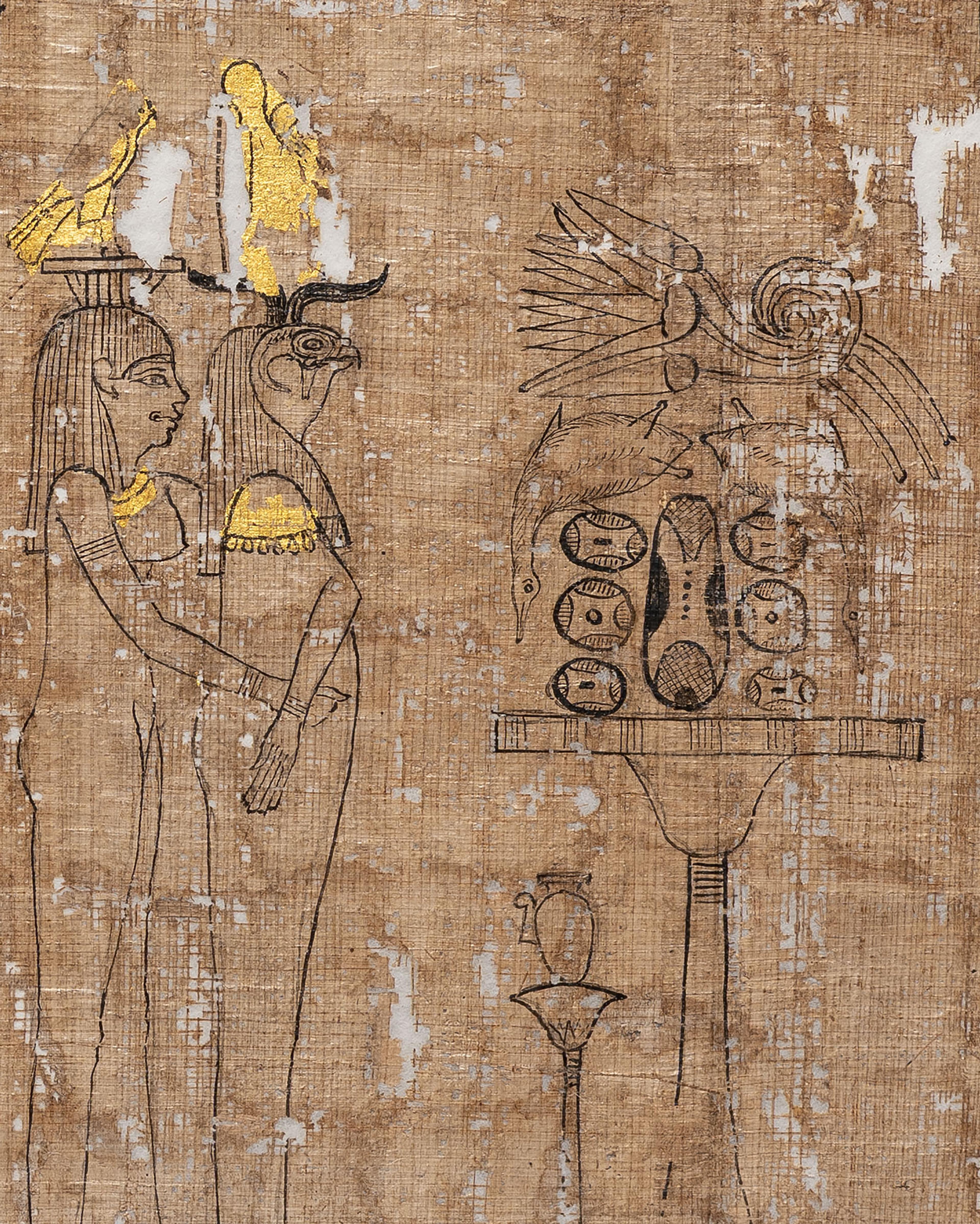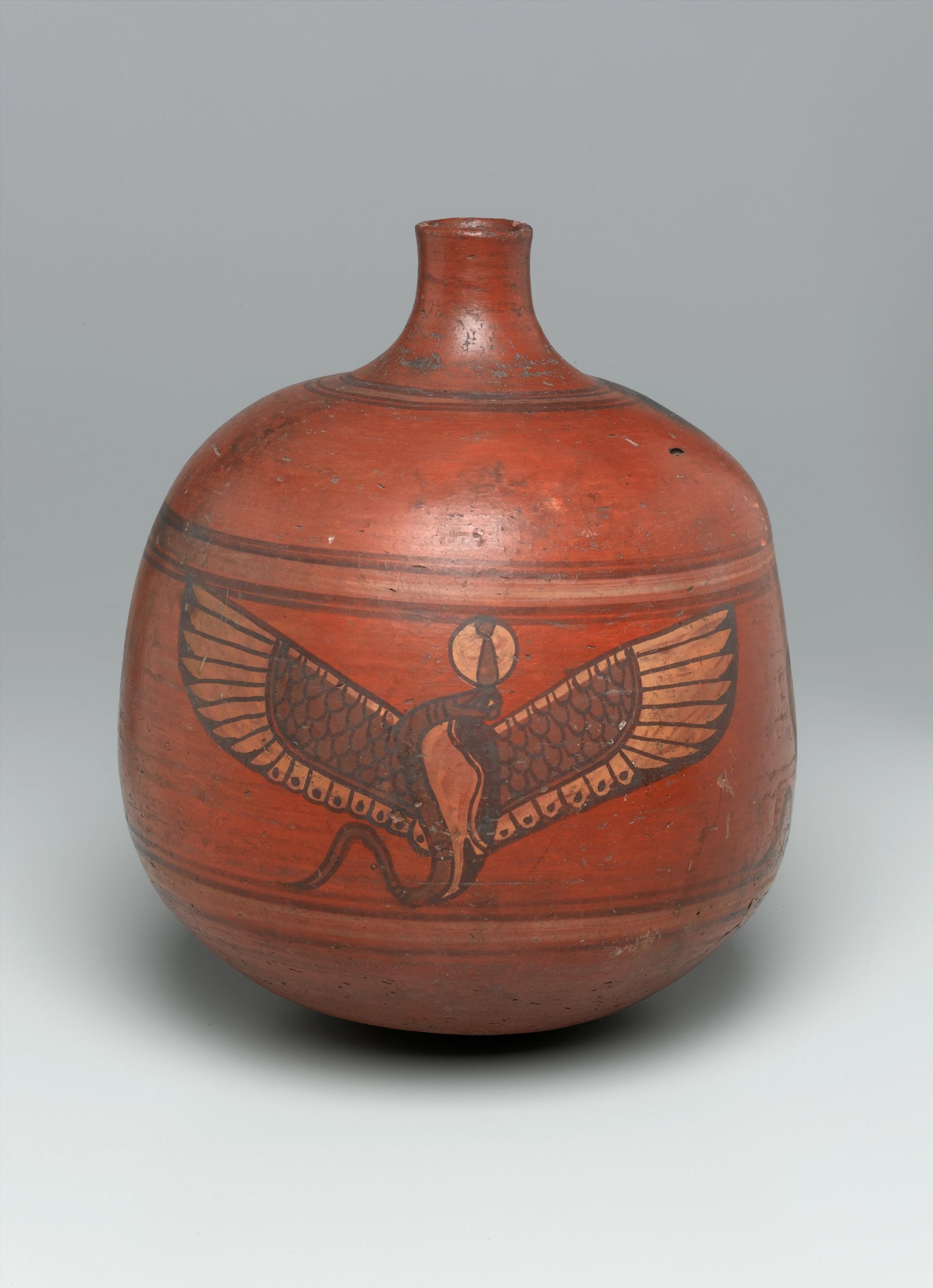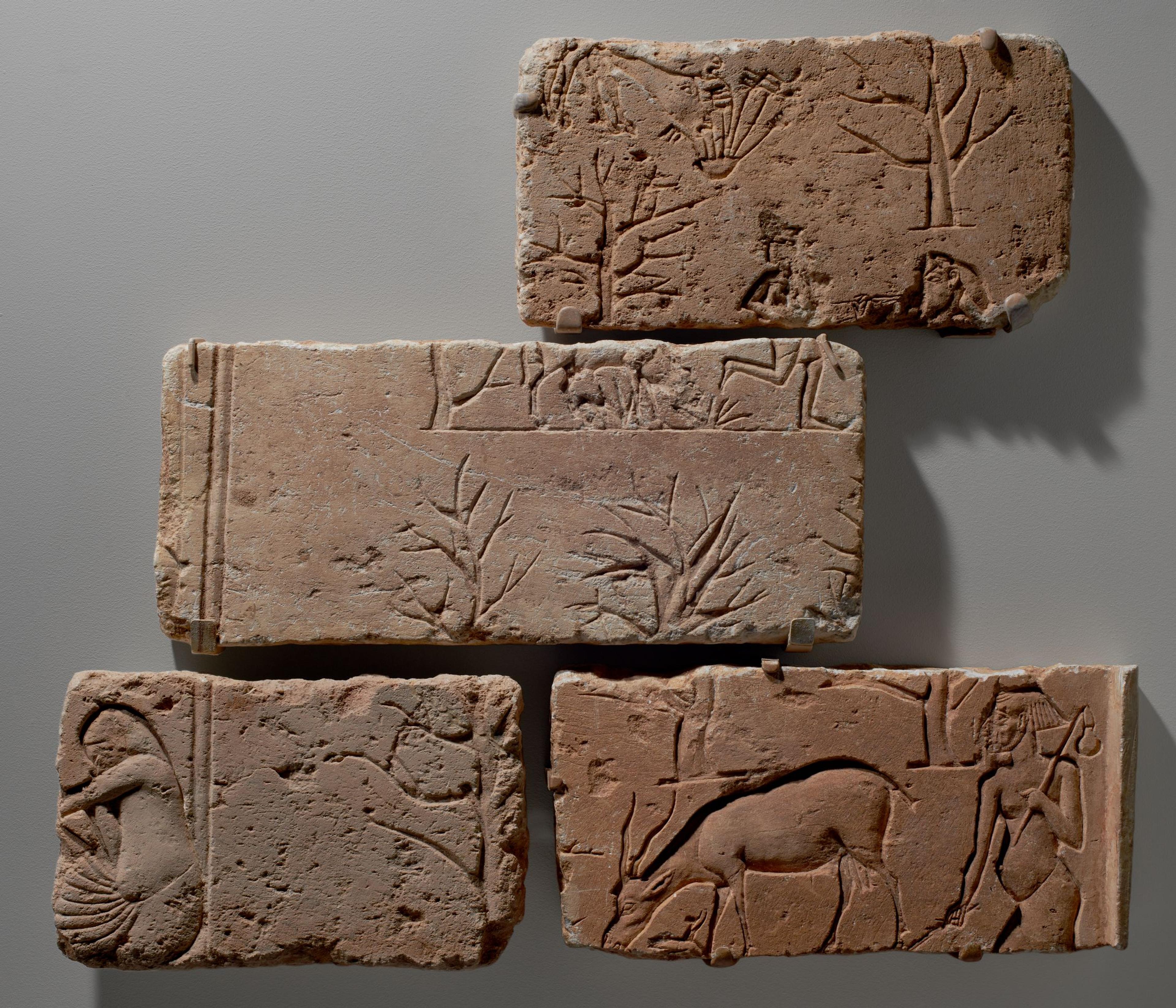Egyptian, Classical, and Ancient Near Eastern Art
The Brooklyn Museum’s department of Egyptian, Classical, and Ancient Near Eastern Art oversees one of the largest and finest collections of ancient Egyptian art in the United States, as well as holdings from the Classical World and the ancient Near East. The Museum’s collection is best known for Egyptian objects dating to the Predynastic Period (circa 4400–3100 B.C.E.), New Kingdom (circa 1539–1075 B.C.E.), and Late Period (664–332 B.C.E.). Standouts include a female figurine, a knife with an elaborately carved handle, and objects of especially fine quality, such as sculptures of an official and a priest.
Highlights
Purview
The vast majority of this collection comes from Egypt and dates between circa 4400 B.C.E. and the 7th century C.E., when the region began to be ruled by an Islamic government. Egyptian artworks from that time forward can thus be found in the Arts of the Islamic World collection.
In art history, the Classical World typically refers to ancient Greece and the Roman Empire. At its height in the 2nd century C.E., the Roman Empire ruled the entire coastline of the Mediterranean Sea, much of Europe, and as far east as the Caucasus Mountains. The ancient Near East (circa 7000 B.C.E.–650 C.E.) spanned the Levant, Anatolia, Mesopotamia, and Persia, and encompassed many cultures and languages.
Artwork from North Africa and the Near East that predates Islam (7th century C.E. and earlier) can be found in Egyptian, Classical, and Ancient Near Eastern Art.
History
The earliest representation of ancient art in the Brooklyn Museum was in the form of plaster replicas of ancient Greek and Roman statues. The Museum collected its first authentic Classical objects in 1901 and its first ancient Egyptian and Near Eastern objects the following year. Over the next few decades, the Museum committed to building a unique collection of art from ancient Egypt.
Between 1906 and 1908, the Museum sponsored archaeological expeditions of sites dating to the Predynastic and Early Dynastic periods. The Museum continued contributing funds to excavations and received excavated objects throughout the 20th century.
The majority of the collection came from 19th-century collectors. The year 1916 marked the beginning of the Museum’s ongoing relationship with American Egyptologist Charles Edwin Wilbour’s estate, which has added close to 2,000 objects to the collection in several donations. The Charles Edwin Wilbour Fund was endowed in 1931 to facilitate the creation of a curatorial department and library dedicated to Egyptian art; the fund continues to support the department’s activities today.
A large number of the objects currently installed in our galleries of ancient Egyptian art arrived at the Museum in 1937, when more than 2,000 objects were transferred from the New-York Historical Society.
Like many institutions, the Brooklyn Museum has slowed its collecting of ancient artworks from Egypt and the Near East in recent years. Today, the department strives to present new approaches to the study of ancient Egypt, as seen in A Woman’s Afterlife: Gender Transformation in Ancient Egypt and African Ancestors of Egypt and Nubia: From the Green Sahara to the Nile.
Related exhibitions
Stories and resources
- Story
How an Ancient Egyptian Blue Has Survived for Thousands of Years
By: Elizabeth TreptowThis brilliant shade of blue unlocks a history of Egyptian glazing technique.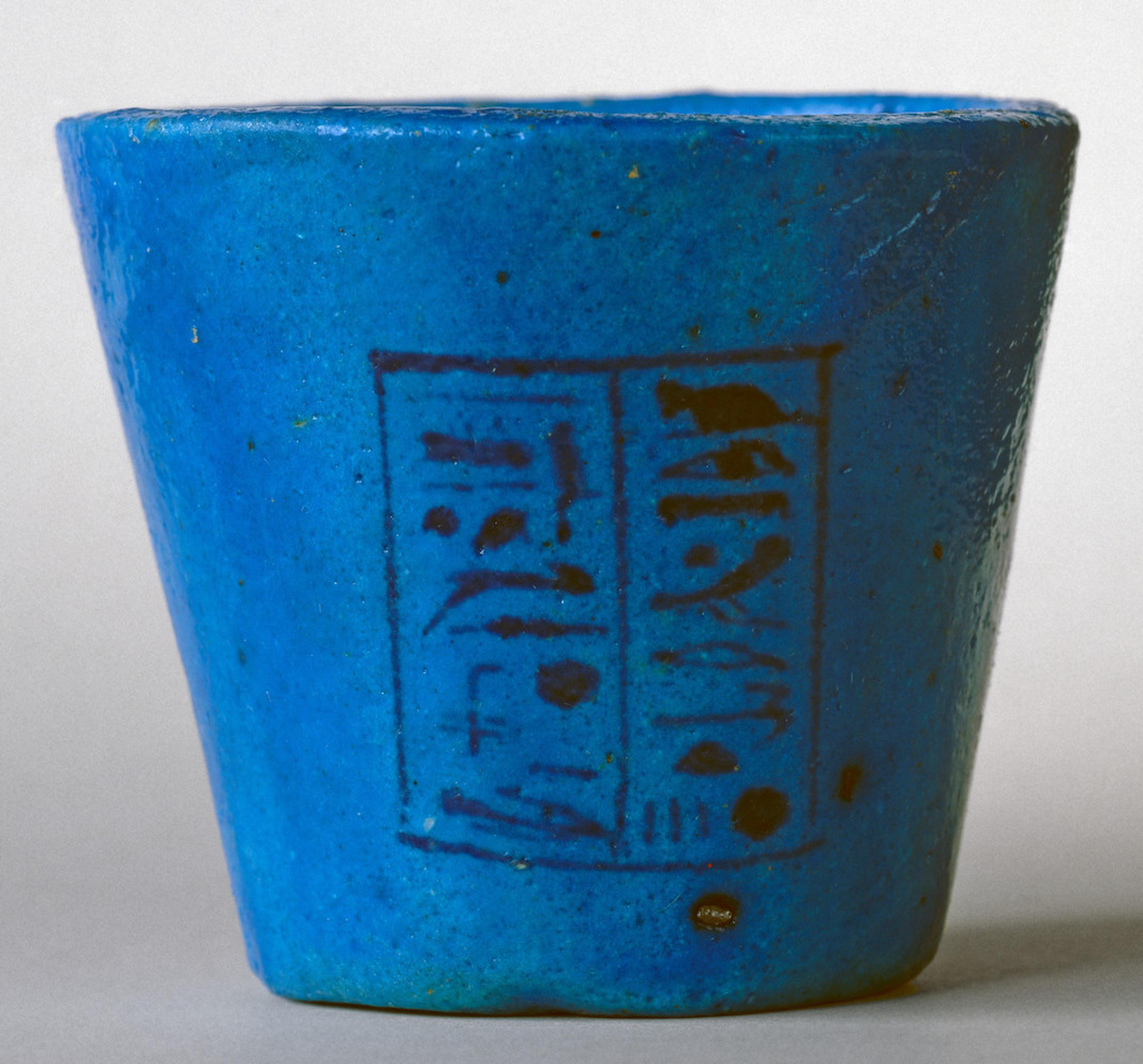
- Story
Why Are the Noses Broken on So Many Ancient Egyptian Statues?
By: Elizabeth TreptowAncient texts provide a few clues.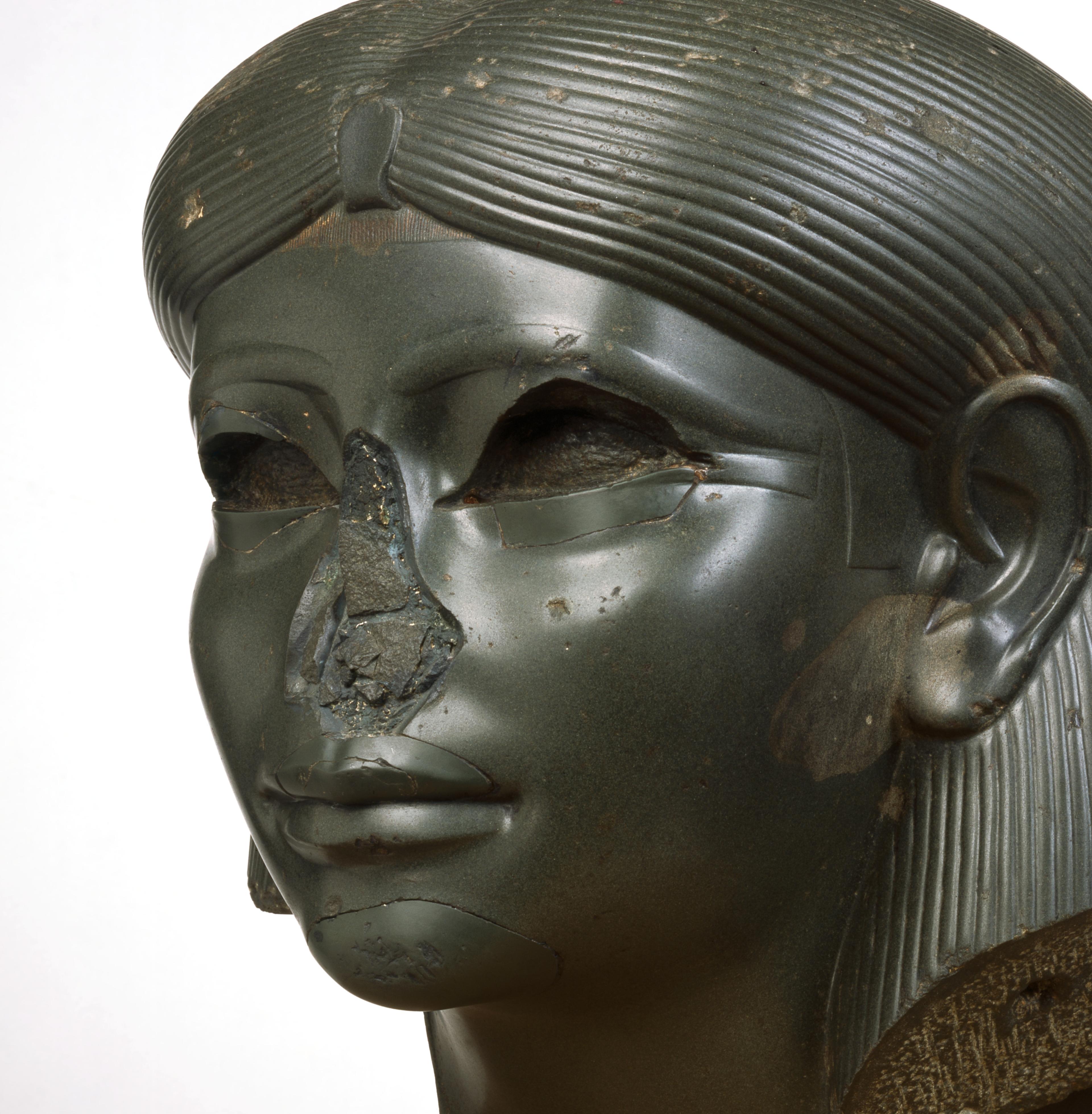
- Story
The Many Shades of Ancient Egyptian Pigments
By: Morgan E. MoroneyWhat does scientific analysis reveal about New Kingdom pigments in the Brooklyn Museum collection?







